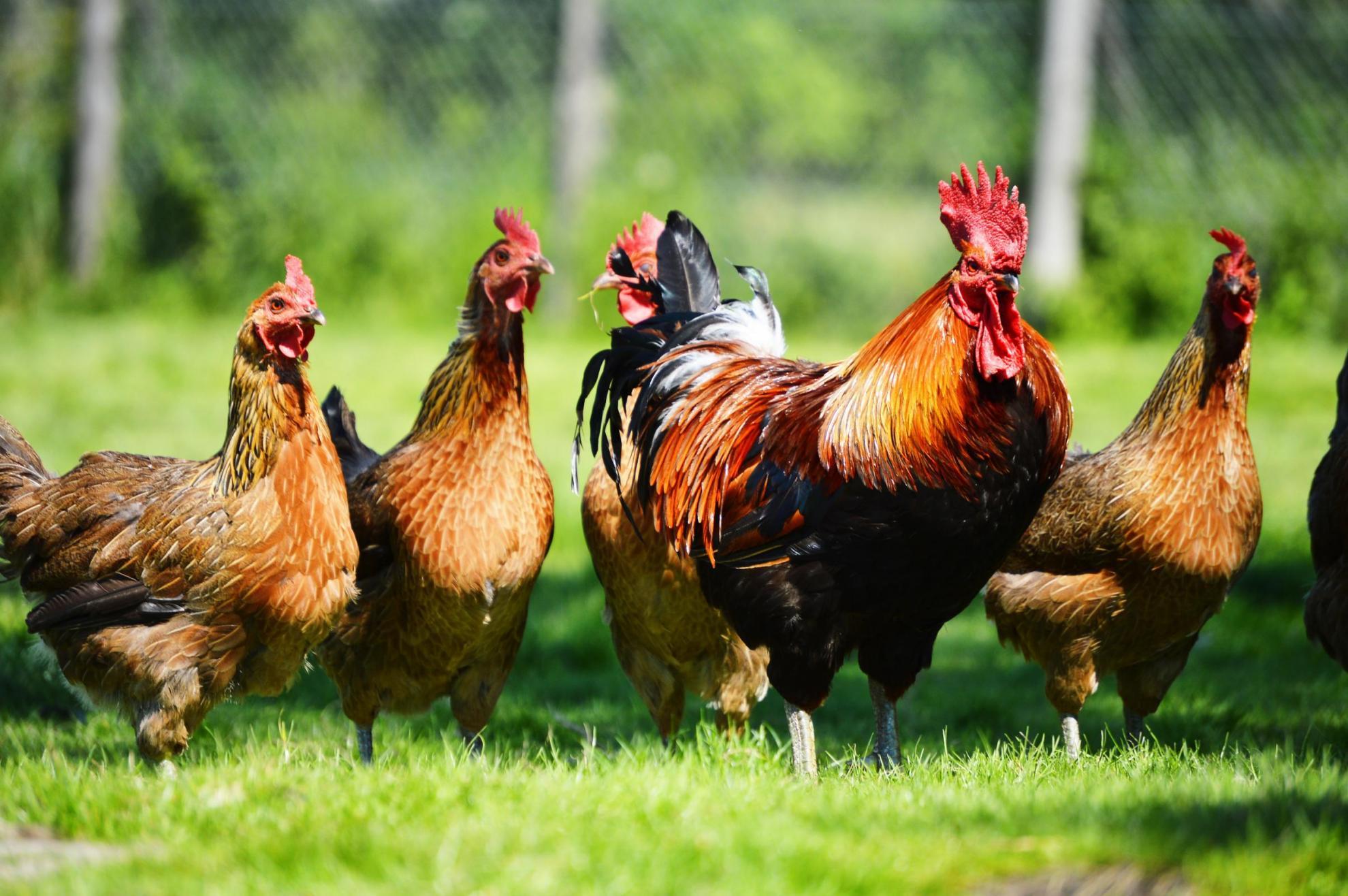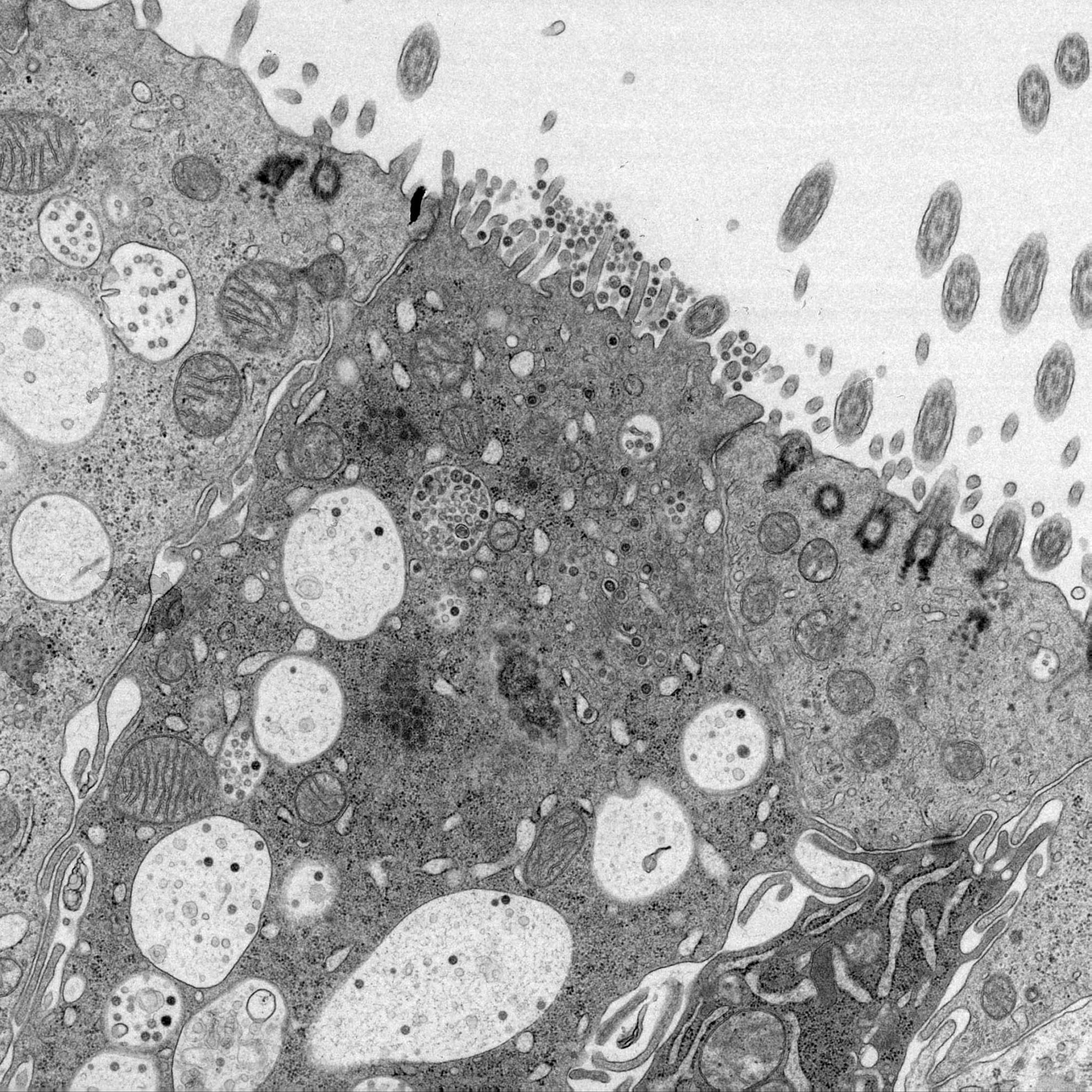Limited cross-protection against infectious bronchitis provided by recombinant infectious bronchitis viruses expressing heterologous spike glycoproteins
Gammacoronavirus infectious bronchitis virus (IBV) causes an economically important respiratory disease of poultry. Protective immunity is associated with the major structural protein, spike (S) glycoprotein, which induces neutralising antibodies and defines the serotype. Cross-protective immunity between serotypes is limited and can be difficult to predict. In this study, the ability of two recombinant IBV vaccine candidates, BeauR-M41(S) and BeauR-4/91(S), to induce cross-protection against a third serotype, QX, was assessed. Both rIBVs are genetically based on the Beaudette genome with only the S gene derived from either M41 or 4/91, two unrelated serotypes. The use of these rIBVs allowed for the assessment of the potential of M41 and 4/91 S glycoproteins to induce cross-protective immunity against a heterologous QX challenge. The impact of the order of vaccination was also assessed. Homologous primary and secondary vaccination with BeauR-M41(S) or BeauR-4/91(S) resulted in a significant reduction of infectious QX load in the trachea at four days post-challenge, whereas heterologous primary and secondary vaccination with BeauR-M41(S) and BeauR-4/91(S) reduced viral RNA load in the conjunctiva-associated lymphoid tissue (CALT). Both homologous and heterologous vaccination regimes reduced clinical signs and birds recovered more rapidly as compared with an unvaccinated/challenge control group. Despite both rIBV BeauR-M41(S) and BeauR-4/91(S) displaying limited replication in vivo, serum titres in these vaccinated groups were higher as compared with the unvaccinated/challenge control group. This suggests that vaccination with rIBV primed the birds for a boosted humoral response to heterologous QX challenge. Collectively, vaccination with the rIBV elicited limited protection against challenge, with failure to protect against tracheal ciliostasis, clinical manifestations, and viral replication. The use of a less attenuated recombinant vector that replicates throughout the respiratory tract could be required to elicit a stronger and prolonged protective immune response.

